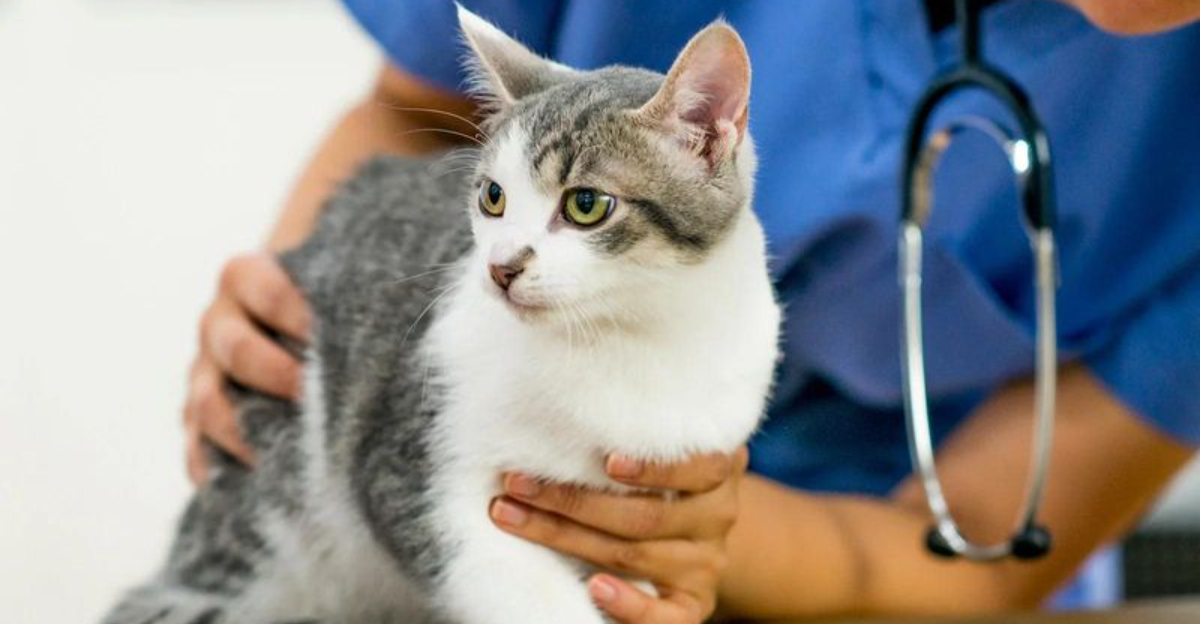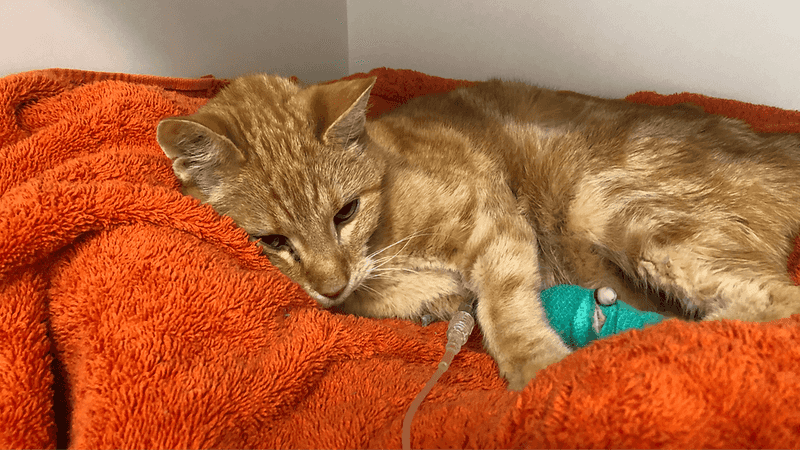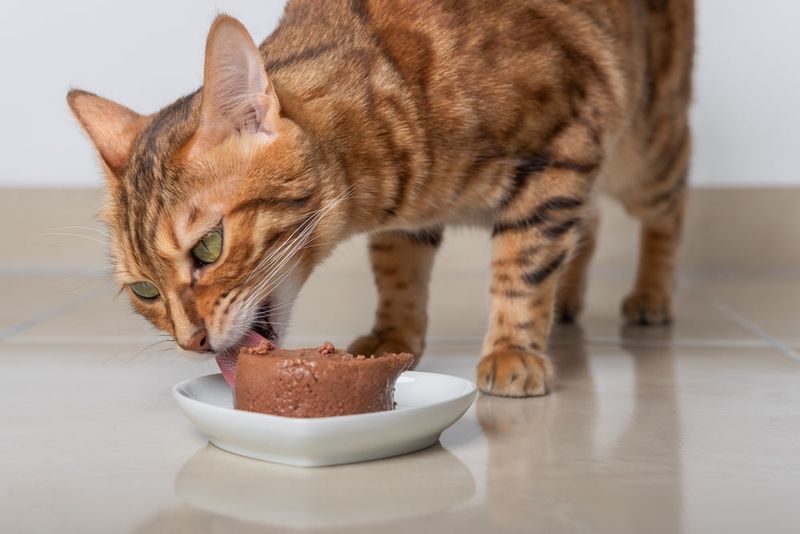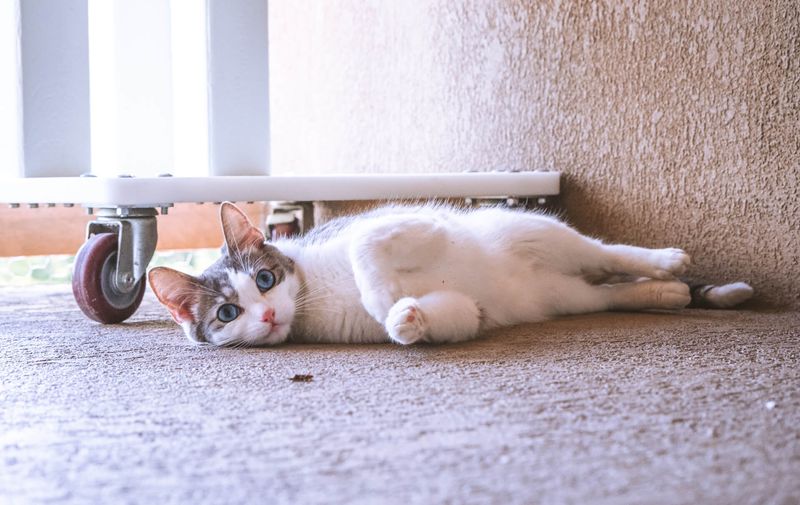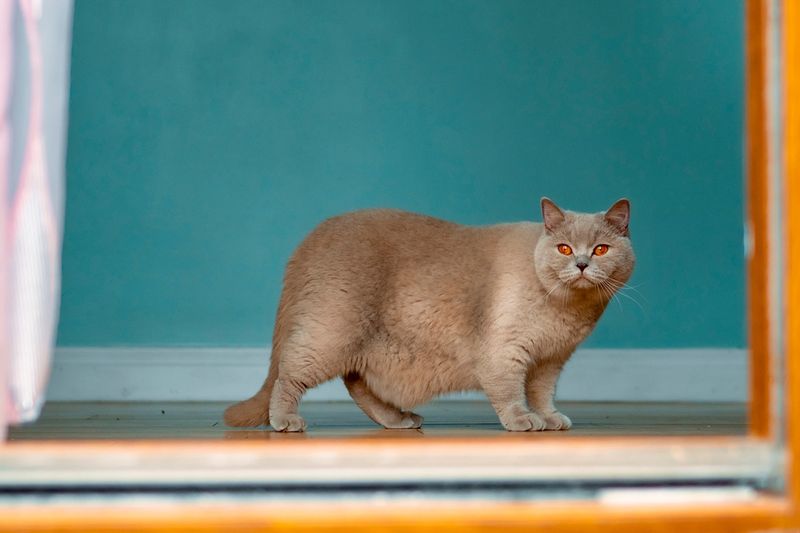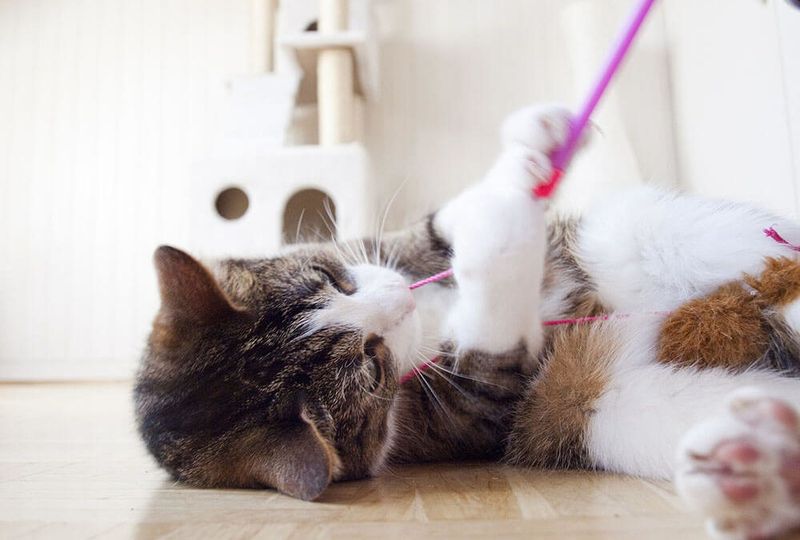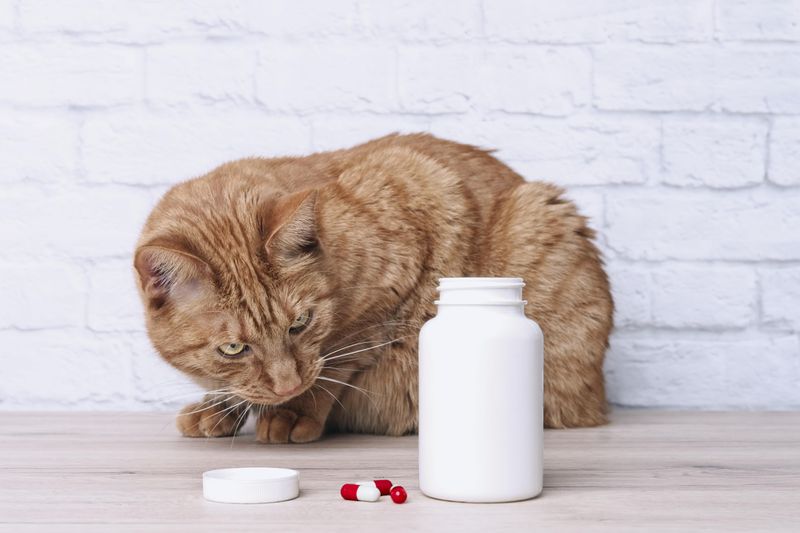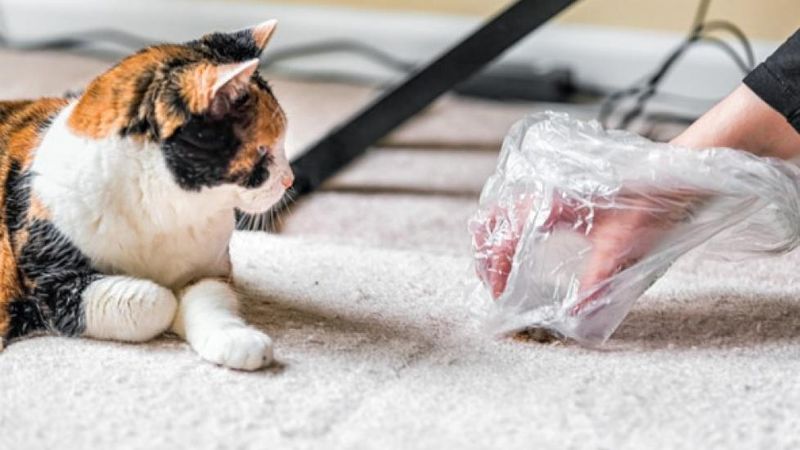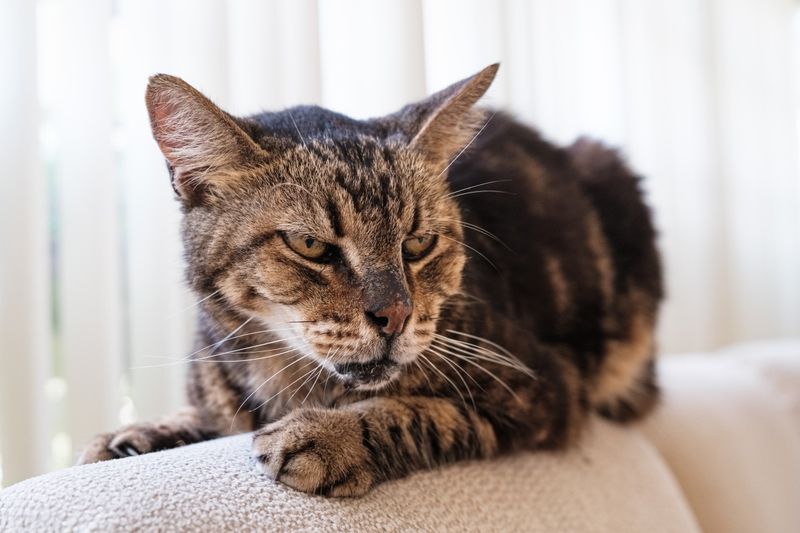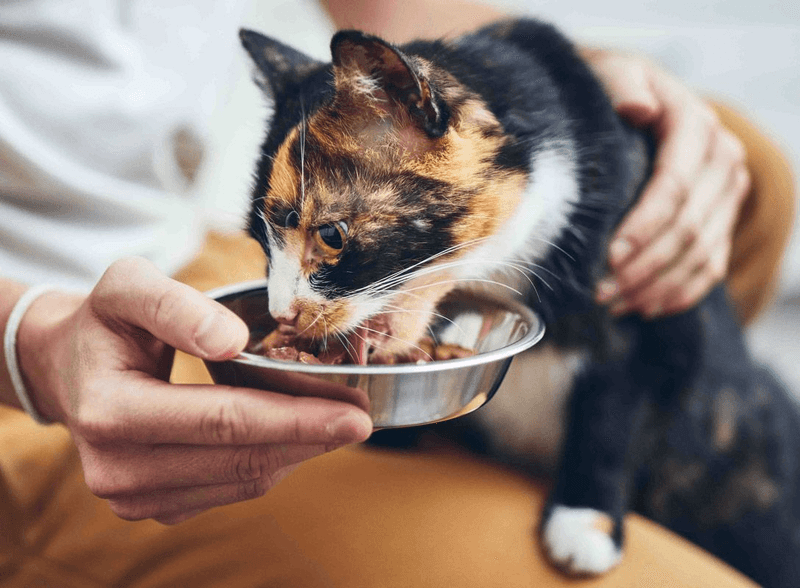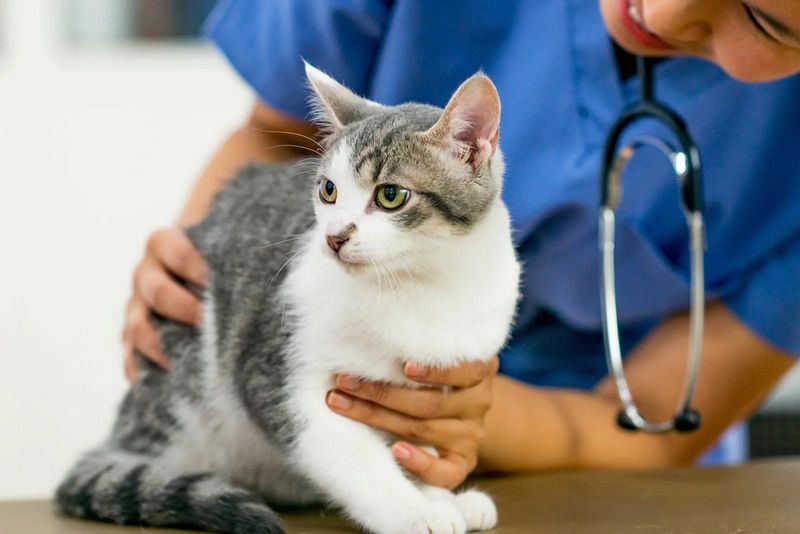📖 Table of Content:
- 1. Purring Doesn’t Always Mean Happiness
- 2. Cats Hide Pain Exceptionally Well
- 3. Whiskers Are Sophisticated Sensory Tools
- 4. Many Cats Are Chronically Dehydrated
- 5. Dental Disease Affects Most Adult Cats
- 6. Cats Need Meat – They’re Obligate Carnivores
- 7. Litter Box Avoidance Is Usually Medical
- 8. Obesity Shortens Feline Lifespans Dramatically
- 9. Indoor Cats Need Environmental Enrichment
- 10. Cats Can’t Process Many Common Medications
- 11. Excessive Grooming Often Indicates Stress or Pain
- 12. Hairballs Aren’t Actually Normal
- 13. Older Cats Need More Frequent Check-ups
- 14. Cats Have Unique Nutritional Life Stages
- 15. Subtle Behavior Changes Signal Health Problems
Cats often display behaviors that can be puzzling and enigmatic to their owners. Their subtle ways of communicating discomfort or needs are easily missed without careful attention. Understanding these hidden signals is key to ensuring their well-being.
Veterinarians possess specialized training and experience that allows them to interpret feline health and behavior more accurately. They recognize signs of illness or stress that might not be obvious to most pet owners. This deeper knowledge helps guide proper care and treatment.
Insights from veterinary professionals extend beyond illness to include nutrition and everyday care. Knowing the right diet and recognizing early warning signs can significantly improve a cat’s quality of life. Access to this expertise is invaluable for anyone dedicated to responsible cat care.
1. Purring Doesn’t Always Mean Happiness
Contrary to popular belief, cats don’t just purr when they’re content. Veterinarians recognize purring as a self-soothing mechanism cats use when they’re in pain, stressed, or even while giving birth.
The vibration frequency of purring (between 25 and 150 Hz) can actually promote healing and provide pain relief. This explains why cats often purr when recovering from injuries or illness.
Next time your cat purrs, look for other body language cues like ear position, tail movement, and overall posture to better understand if they’re expressing pleasure or trying to comfort themselves through discomfort.
2. Cats Hide Pain Exceptionally Well
Feline stoicism is an evolutionary survival mechanism. In the wild, showing weakness makes cats vulnerable to predators, which is why they’ve mastered the art of pain concealment.
Subtle changes like decreased grooming, altered sleeping positions, or avoiding jumps they once made easily are red flags veterinarians immediately recognize. Your seemingly fine cat might actually be suffering significantly.
Regular vet check-ups are crucial because professionals can detect pain through slight behavior modifications, muscle tension, or resistance to certain touches that most owners miss until the condition becomes severe.
3. Whiskers Are Sophisticated Sensory Tools
Those distinctive facial hairs serve as high-tech navigation equipment. Whiskers (vibrissae) contain sensitive nerve endings that help cats judge distances and detect air currents, essentially creating a 3D map of their surroundings.
Vets know that whisker stress is real. When forced to use narrow food bowls where whiskers touch the sides, cats can experience sensory overload and discomfort. This explains why some cats paw food out of their bowls before eating.
Trimming whiskers is never recommended as it disorients cats and removes crucial sensory input they rely on for spatial awareness, balance, and hunting abilities.
4. Many Cats Are Chronically Dehydrated
Feline ancestors evolved in desert environments, developing highly efficient kidneys that concentrate urine and conserve water. Unfortunately, this evolutionary advantage creates a downside – many house cats live in a state of mild dehydration.
Running water attracts cats because instinctively they recognize it as fresher than standing water. Veterinarians often recommend water fountains to increase consumption and prevent urinary tract issues.
Wet food provides significant hydration benefits that dry kibble can’t match. A diet containing moisture-rich foods can deliver up to 80% of a cat’s water requirements, supporting kidney function and overall health.
5. Dental Disease Affects Most Adult Cats
By age three, approximately 70% of cats have some form of dental disease. The feline mouth harbors bacteria that form plaque, eventually hardening into tartar that damages gums and tooth structures.
Bad breath isn’t normal in cats. That fishy smell indicates bacterial overgrowth, not just the remnants of their last meal. Veterinarians recognize this as an early warning sign of dental problems.
Regular dental care prevents more than just tooth loss. The bacteria from infected gums can enter the bloodstream, potentially causing heart, kidney, and liver damage. This connection between oral health and systemic health is something vets monitor closely during examinations.
6. Cats Need Meat – They’re Obligate Carnivores
Unlike dogs and humans who can process various food types, cats have specific dietary requirements that can’t be compromised. Their bodies lack enzymes to efficiently process plant proteins or synthesize certain amino acids like taurine.
Taurine deficiency leads to serious health problems including heart disease and blindness. Veterinarians emphasize that vegetarian or vegan diets are inappropriate and potentially dangerous for felines.
The feline digestive tract is shorter than omnivores’, designed specifically for processing animal tissue. This biological reality means cats derive little nutritional benefit from grains and vegetables, explaining why quality protein sources should always form the foundation of their diet.
7. Litter Box Avoidance Is Usually Medical
When cats stop using their litter box, behavior problems often get blamed first. Veterinarians know that medical issues are frequently the underlying cause, with urinary tract infections, crystals, or kidney disease creating painful urination experiences.
Cats develop negative associations with their litter box if they experience pain while using it. They logically avoid the location they associate with discomfort, choosing alternative spots around the house instead.
Sudden litter box avoidance warrants a veterinary visit before behavioral training. Once medical causes are ruled out or treated, environmental modifications like different litter types, box locations, or cleaning routines can address behavioral components.
8. Obesity Shortens Feline Lifespans Dramatically
Excess weight affects more than half of America’s pet cats, yet many owners don’t recognize the serious health implications. Those extra pounds significantly increase risks for diabetes, arthritis, heart disease, and certain cancers.
Free-feeding dry food is a major contributor to feline obesity. Cats naturally eat multiple small meals throughout the day, but with constant access to calorie-dense kibble, they often consume far more than they need.
Weight loss must happen gradually in cats. Rapid weight reduction can trigger potentially fatal hepatic lipidosis (fatty liver disease). Veterinarians create carefully monitored weight management plans that typically include portion control, increased activity, and sometimes prescription diets.
9. Indoor Cats Need Environmental Enrichment
Living exclusively indoors protects cats from many dangers but creates new challenges. Veterinarians frequently see behavior problems stemming from boredom and understimulation in indoor environments.
Vertical space is crucial for feline well-being. Cats naturally seek elevated perches to survey their territory and feel secure. Climbing trees, shelves, and perches fulfill this instinctual need that many homes lack.
Mental stimulation prevents destructive behaviors and stress-related illnesses. Food puzzles, rotating toys, bird-watching windows, and interactive play sessions satisfy hunting instincts and provide cognitive challenges. Just fifteen minutes of engaged play daily can significantly improve a cat’s physical and mental health.
10. Cats Can’t Process Many Common Medications
Feline livers lack certain enzymes that humans and dogs possess, making many common medications toxic to cats. Something as seemingly harmless as acetaminophen (Tylenol) can be lethal even in small doses.
Essential oils present another hidden danger. Cats cannot metabolize these concentrated plant compounds, which can cause liver damage, respiratory issues, and central nervous system problems when diffused in homes or applied topically.
Veterinarians caution against home remedies or sharing human medications with cats. Their unique physiology requires specially formulated treatments, and dosages must be precisely calculated based on weight and individual health factors to prevent serious complications or death.
11. Excessive Grooming Often Indicates Stress or Pain
Cats typically spend 30-50% of their waking hours grooming, but excessive licking that creates bald patches signals a problem. Veterinarians recognize overgrooming as a sign of either physical discomfort or psychological distress.
Allergies, parasites, and skin infections commonly trigger increased grooming behaviors. The sensation of itchiness or irritation prompts cats to lick affected areas repeatedly, creating a cycle that worsens the condition.
Anxiety and stress also manifest through overgrooming in cats. Similar to human nail-biting or hair-twirling, this repetitive behavior releases endorphins that temporarily soothe the cat’s emotional state. Identifying and addressing the underlying stressor is essential for resolving this self-destructive pattern.
12. Hairballs Aren’t Actually Normal
Despite what pet product marketing suggests, frequent hairballs aren’t a natural part of feline life. Healthy cats should efficiently move ingested hair through their digestive tract with minimal vomiting.
Regular hairballs (more than once monthly) indicate potential digestive motility issues, excessive grooming due to skin problems, or dietary inadequacies. Long-haired breeds naturally face greater challenges with hair ingestion, but even they shouldn’t regularly produce hairballs.
Veterinarians approach hairballs as a symptom requiring investigation rather than an inevitable cat behavior. Dietary fiber adjustments, specialized foods, regular brushing, and addressing underlying health issues can significantly reduce or eliminate hairball episodes in most cats.
13. Older Cats Need More Frequent Check-ups
Cats age much faster than humans, with their senior years beginning around age 11. The common practice of annual veterinary visits becomes inadequate as cats enter their golden years.
Semi-annual check-ups for senior cats enable early detection of common age-related conditions like kidney disease, hyperthyroidism, arthritis, and high blood pressure. These conditions progress rapidly without intervention but respond better to treatment when caught early.
Blood work provides crucial insights into organ function before symptoms appear. Regular screening tests allow veterinarians to detect subtle changes that indicate developing health issues months or even years before they would otherwise become apparent, significantly improving treatment outcomes and quality of life.
14. Cats Have Unique Nutritional Life Stages
Kittens, adults, and seniors have dramatically different nutritional requirements. Growing kittens need higher protein and calorie levels to support development, while seniors benefit from adjusted phosphorus and protein content to support aging kidneys.
Feeding a one-size-fits-all approach throughout a cat’s life can contribute to health problems. Adult maintenance formulas lack sufficient nutrients for proper kitten development, while kitten food can provide excessive calories and minerals for sedentary adult cats.
Life stage nutrition extends beyond age considerations. Veterinarians evaluate individual factors like activity level, spay/neuter status, and health conditions when making dietary recommendations. This personalized approach prevents nutrient deficiencies and excesses that contribute to chronic disease development.
15. Subtle Behavior Changes Signal Health Problems
Veterinarians pay close attention to behavioral changes that most owners might dismiss. Increased vocalization, especially at night, can indicate cognitive dysfunction in senior cats or pain from conditions like hyperthyroidism or high blood pressure.
Changes in jumping behavior often reveal joint pain or muscle weakness. A cat who previously leapt effortlessly onto counters but now hesitates or uses intermediate steps is likely experiencing physical discomfort that requires medical attention.
Social withdrawal frequently precedes diagnosable illness. Cats instinctively hide vulnerability, so a previously affectionate cat who starts spending more time alone under furniture may be in the early stages of illness, even without other obvious symptoms.
